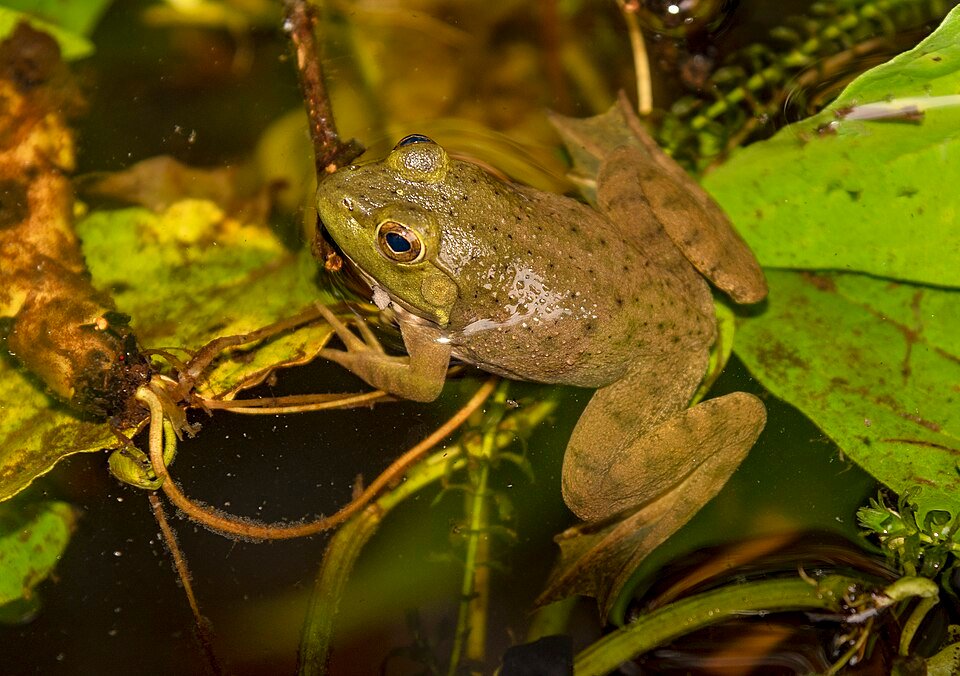Tacloban, The Philippines.- The Bureau of Fisheries and Aquatic Resources (BFAR) in Eastern Visayas has warned of potential red tide bloom as the El Niño phenomenon hits the region this year.
The extended dry season prompted the fisheries bureau to conduct active surveillance of bays and municipal waters previously hit by red tide phenomenon.
“From one sampling and testing of seawater and shellfish meat every two weeks, we have been doing it three times a week since February to ensure public safety,” said BFAR Regional Director Juan Albaladejo in an interview Thursday.
Conditions related to dry season such as low salinity, warm temperature, and sudden rains after sunny days can cause algal blooms. Red tide algae make potent natural toxins.
The active surveillance covers Matarinao Bay in Eastern Samar, Irong-irong Bay in Samar, Maqueda Bay in Samar, Villareal Bay in Samar; Carigara Bay in Leyte; Biliran waters in Biliran province, coastal waters of Daram, Samar, San Pedro Bay in Samar, and Cancabato Bay in Tacloban City.
Red tide alert is still up in San Pedro Bay and Cancabato Bay as of this week.
The bureau reiterates its public advisory to refrain from eating, harvesting, marketing, and buying bivalve marine products and Acetes sp. (small crustaceans) from these two bays until such time that the toxicity level has gone down below the regulatory level.
Stay Always Informed
Join our communities to instantly receive the most important news, reports, and analysis from the aquaculture industry.
Fish, squid, shrimp, and crab are safe to eat “provided that they are fresh and washed thoroughly and internal organs such as gills and intestines are removed before cooking,” according to BFAR.
Red tide is a term used to describe a phenomenon, where the water is discolored by high algal biomass or the concentration of algae. The discoloration may not necessarily be red in color, but it may also appear yellow, brown, green, blue or milky, depending on the organisms involved.
Source: PNA
Editor at the digital magazine AquaHoy. He holds a degree in Aquaculture Biology from the National University of Santa (UNS) and a Master’s degree in Science and Innovation Management from the Polytechnic University of Valencia, with postgraduate diplomas in Business Innovation and Innovation Management. He possesses extensive experience in the aquaculture and fisheries sector, having led the Fisheries Innovation Unit of the National Program for Innovation in Fisheries and Aquaculture (PNIPA). He has served as a senior consultant in technology watch, an innovation project formulator and advisor, and a lecturer at UNS. He is a member of the Peruvian College of Biologists and was recognized by the World Aquaculture Society (WAS) in 2016 for his contribution to aquaculture.




